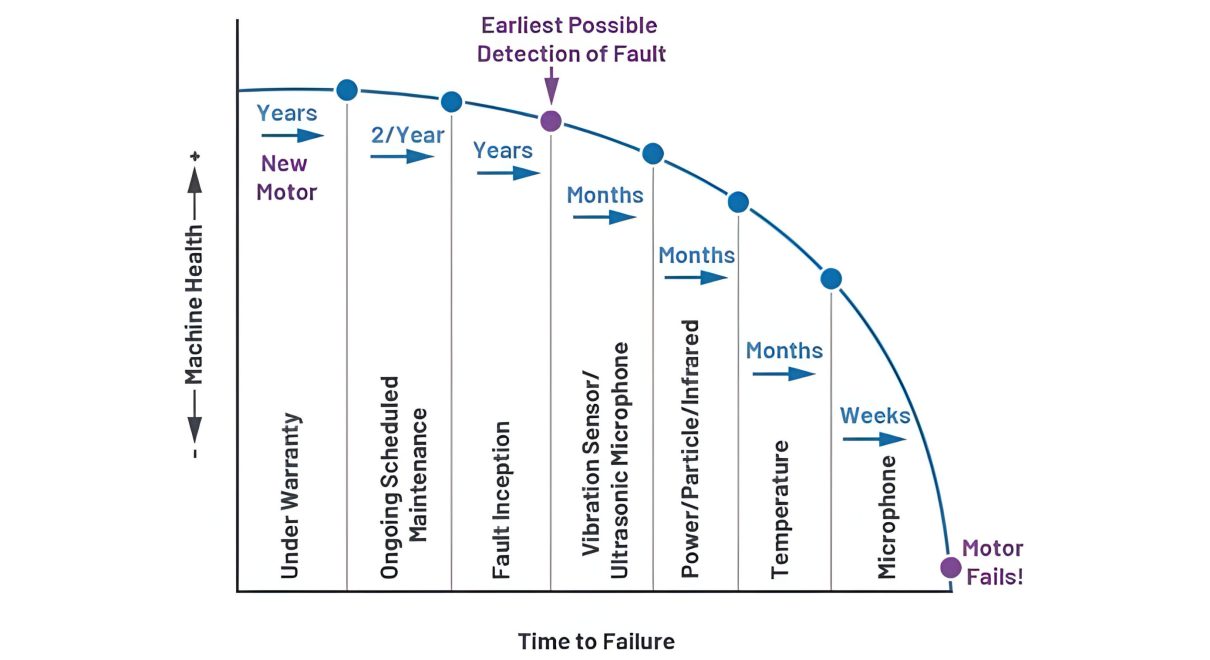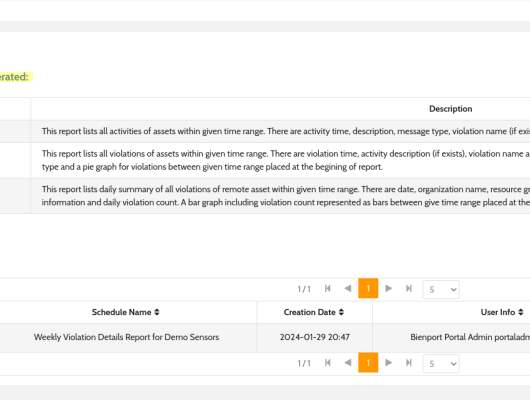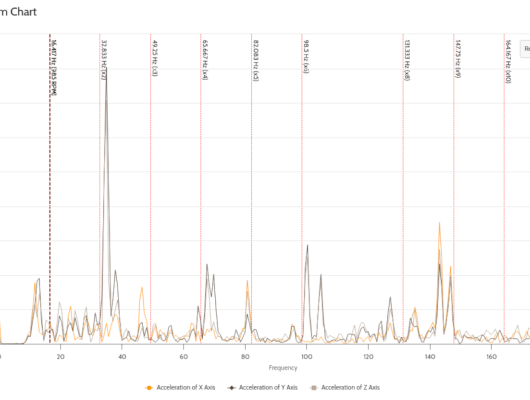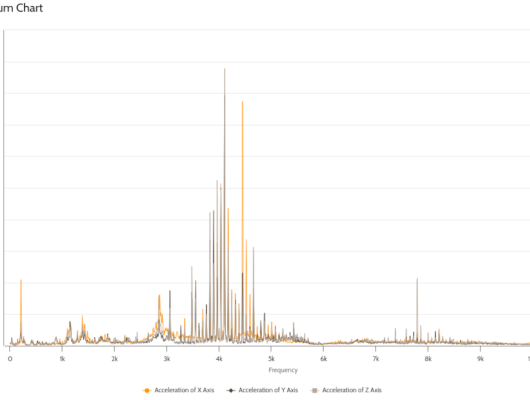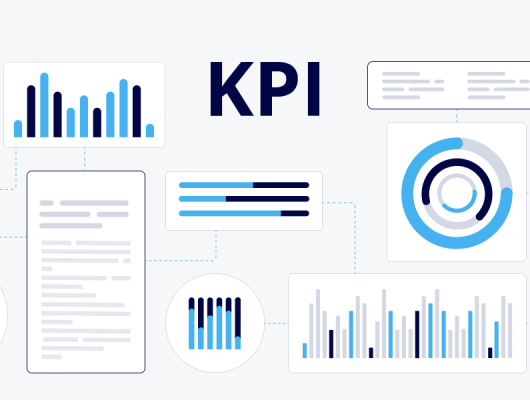Condition monitoring is a proactive approach used in managing the performance and reliability of machinery and equipment. It involves the regular measurement and analysis of key indicators to predict and prevent equipment failures. By detecting changes or anomalies in equipment operation, condition monitoring allows for timely maintenance, reducing the likelihood of unexpected breakdowns and costly repairs.
- Predictive Maintenance: Enables the prediction of equipment failures before they occur, allowing for planned interventions.
- Reduced Downtime: Minimizes unplanned downtime by identifying potential issues early.
- Cost Savings: Prevents costly repairs and extends the lifespan of equipment.
- Safety and Compliance: Enhances workplace safety and ensures compliance with industry regulations.
- Operational Efficiency: Improves overall efficiency and productivity by maintaining equipment in optimal condition.
A maintenance program's ideal timing is situated between a machine's "degradation start" and its "potential failure" points (refer to below image). Conducting maintenance on equipment in its "normal state" might contribute positively to the asset's health and the facility's operational time, achieving the intended results. Nevertheless, this approach is somewhat inefficient as it involves allocating maintenance resources to machines that might not urgently need them, leading to some degree of wasteful expenditure.
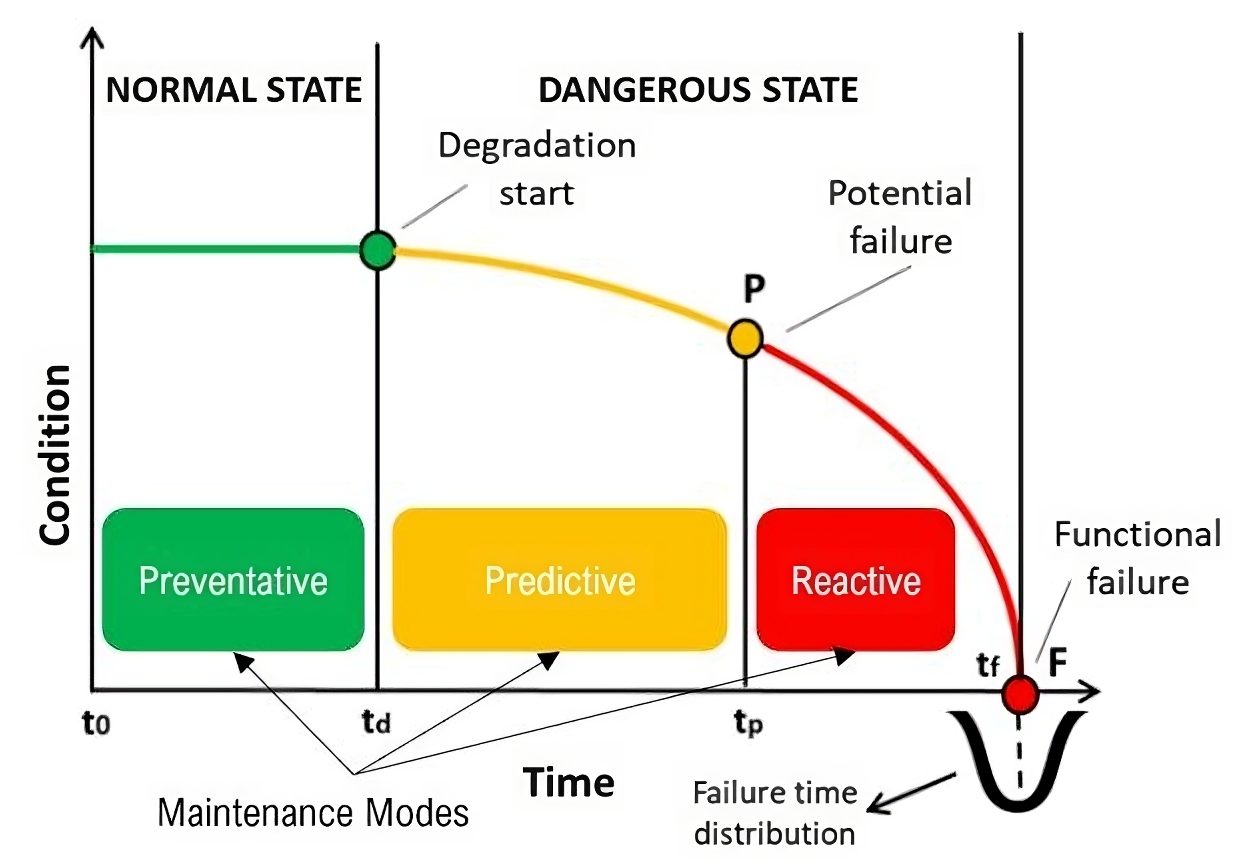
On the other hand, if a machine’s condition deteriorates past the “potential failure” point, maintenance activities become more of a reactive response. At this stage, maintenance teams often find themselves addressing severe issues in machine performance, with a high likelihood of facility downtime. The costs of maintenance in this phase tend to rise sharply, compounded by the losses the company incurs from diminished production and output.
- Vibration Analysis: Measures vibrations in equipment to identify imbalances, misalignments, or wear.
- Thermal Imaging: Detects heat anomalies in machinery, indicating potential electrical or mechanical issues.
- Oil Analysis: Examines lubricants for contaminants and metal particles to assess internal wear.
- Ultrasonic Testing: Uses high-frequency sound waves to detect cracks or flaws in materials.
- Motor Current Analysis: Monitors electrical characteristics of motors to identify issues like power supply problems or deteriorating insulation.
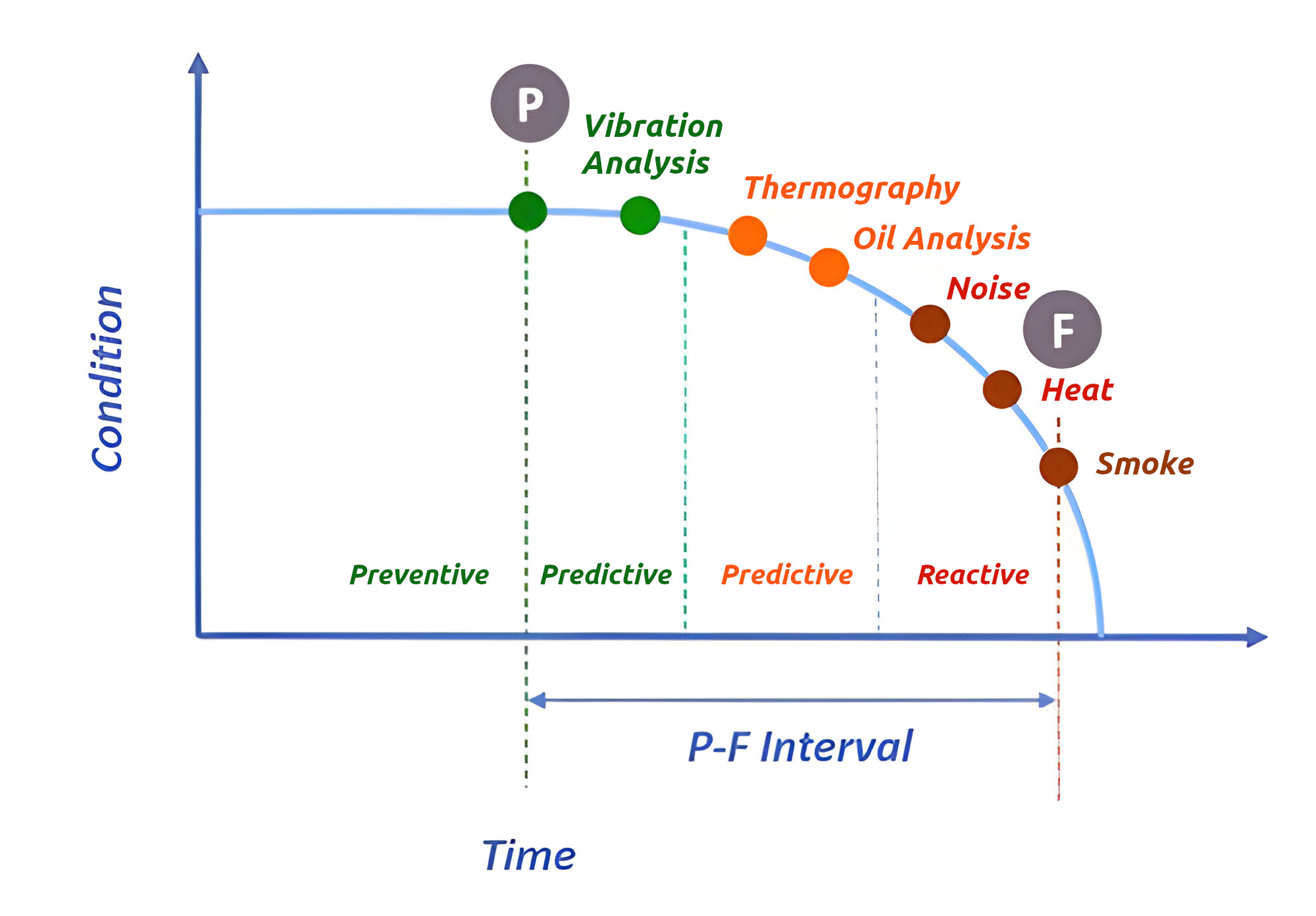
P: The point at which you can recognize a potential failure
F: The point at which the failure occurs
Implementing a condition monitoring system involves several steps:
- Assessment of Equipment: Identifying critical equipment that would benefit most from condition monitoring.
- Selection of Appropriate Techniques: Choosing the right monitoring techniques based on equipment type and usage. Sightprobe provides vibration analysis and surface temperature monitoring which is the very beginning of the potential failure.
- Data Collection and Analysis: Regularly collecting and analyzing data to track equipment health.
- Maintenance Planning: Using data insights to plan and execute maintenance activities.
- Continuous Improvement: Regularly reviewing and improving the condition monitoring process for optimal results.
Condition monitoring is an essential component of modern maintenance strategies. It not only ensures the longevity and reliability of equipment but also contributes significantly to the efficiency and profitability of operations. By adopting condition monitoring, businesses can move away from reactive maintenance models towards a more predictive and proactive approach, ensuring smoother, safer, and more cost-effective operations.
